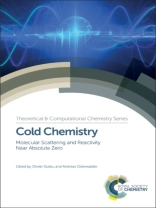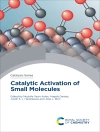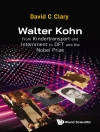Recent years have seen tremendous progress in research on cold and controlled molecular collisions, both in theory and in experiment. The advent of techniques to prepare cold and ultracold molecules and ions, to store them in optical lattices or in charged quasicristalline structures, and to use them in crossed or merged beam experiments have opened many new possibilities to study the most fundamental aspects of molecular interactions. At the same time, theoretical work has made progress in tackling these problems and accurately describing quantum effects in complex systems, and in proposing viable options to control chemical reactions at ultralow energies. Through tutorials on both the theoretical and experimental aspects of research in cold and ultracold molecular collisions, this book provides advanced undergraduate students, graduate students and researchers with the foundations needed to understand this exciting field.
قائمة المحتويات
Low temperature chemistry in uniform supersonic flows;
Cold molecular collisions: quantum scattering calculations and their relevance in astrophysical applications;
Low energy scattering in crossed molecular beams;
Long-range interactions between ultracold atoms and molecules;
Interactions of Atoms and Molecules in Cold Chemistry;
Effects of External Magnetic Fields on Cold Molecular Collisions;
Role of resonances at ultracold temperatures;
Experiments with Large Superfluid Helium Nanodroplets;
Molecular impurities interacting with a many-particle environment: from ultracold gases to helium nanodroplets;
Cold ion chemistry;
Controlling a quantum gas of polar molecules in an optical lattice;
Ultracold collisions of molecules;
Coherent Control of Cold Collisions
عن المؤلف
Andreas Osterwalder is a Senior Scientist at Ecole Polytechnique Fédérale de Lausanne, Switzerland, where he leads a team working on developing a merged beam technique to study neutral chemical reactions below 1K.












